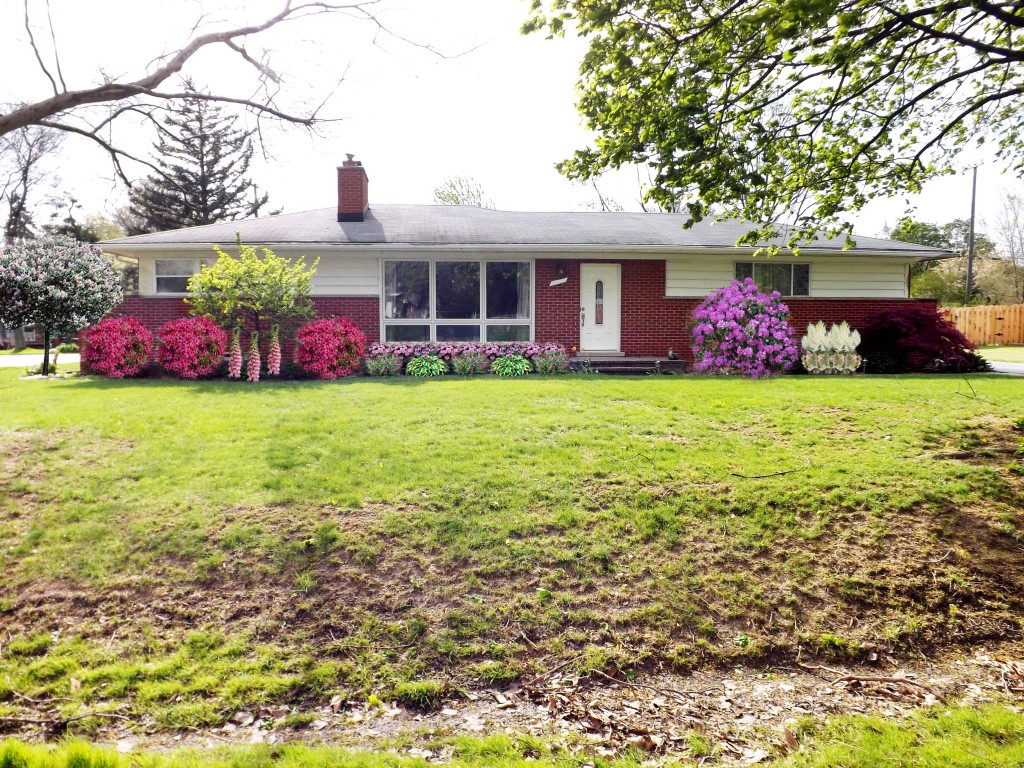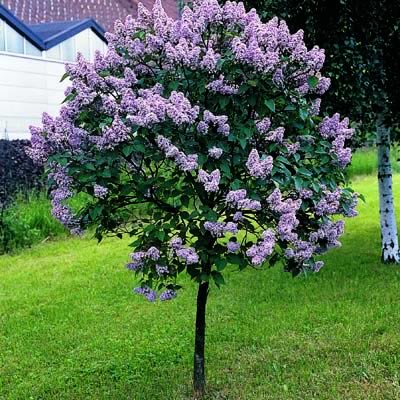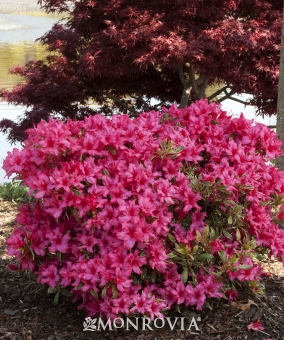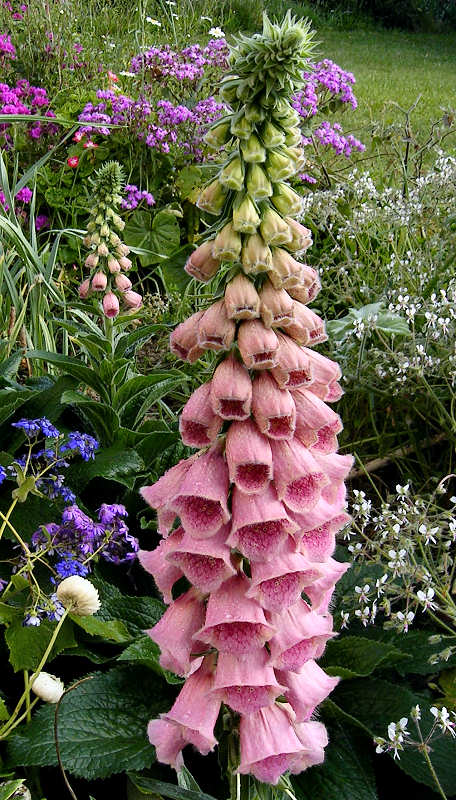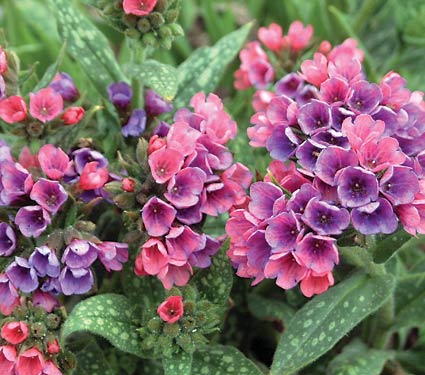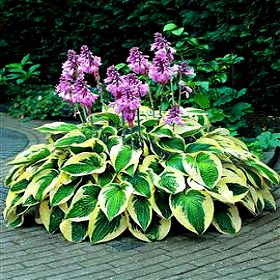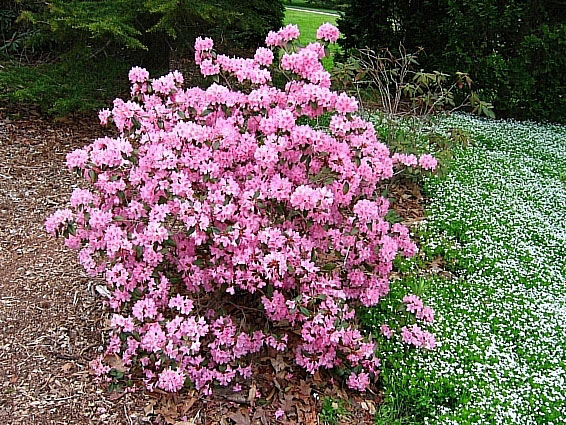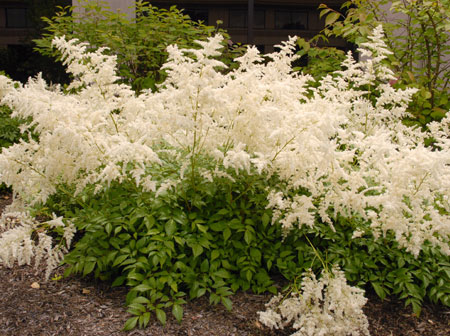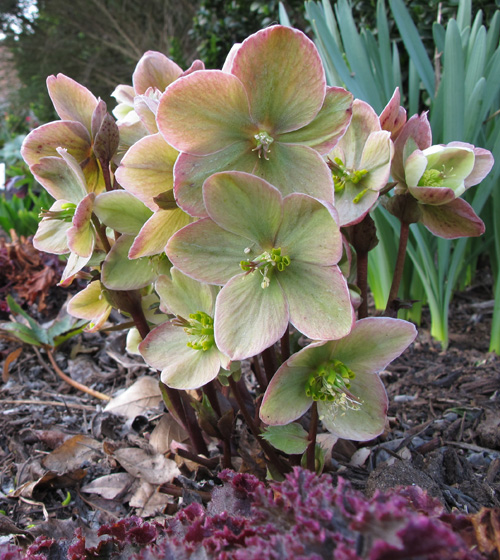Over the past few days, I’ve been designing the garden that I mentioned in a few posts. And here it is!
From left to right, we have full sun, part sun, and full shade, so designing the garden wasn’t really the simplest thing. I also had to take into consideration the way each of these plants will look throughout the year, so this garden will never actually look like what is seen above. I’ll explain more of that towards the end of the post.
On the far left of the garden, just to the left of the wall, I want to put a Dwarf Korean Lilac, trimmed into a tree instead of a bush. I’ve read that these can last 20-30 years in this configuration before having issues, and then you just let it go and start over. I know it takes some work, but I think it’s worth it.
As I mentioned in my last post, I need to move the Azaleas to the side of the yard that gets more sun in the spring so they can grow and set flowers. They also need to be pruned so they can grow and not be so spindly. We have 3, so I plan to put them around the existing tree.
Under that tree, I want to put in some Foxgloves. I’ve always loved the way they look, and they do well in part sun, which is perfect for that side of the yard. They’re also a summer bloomer, where the Lilac, Azalea, and some of the other plants in the plan are spring bloomers.
I mentioned previously that we put impatiens in the garden box every year, so in front of it I’d like to put some Pulmonaria (spring-blooming) for some early color.
In contrast, I’d like to move the Hostas that we already have in the garden (and the dying ones under the tree) because they’re a late-summer/early-fall bloomer.
On the other side of the porch, I’d like to put in a PJM Rhododendron, a shade-hardy version of the mostly part-shade plant. These get huge, and will bloom at the same time as the Azaleas on the other side of the yard.
Between the Rhododendron and the existing Japanese Maple will be some white Astilbe. It has an unusual look to it, and since it blooms in mid-summer, it’s perfect for the area. It will also pop in front of the dark brick.
Directly in front of the Astilbe is a great place for the shorter, early-spring blooming Helleborus. I’d like sometime more unusual than what is shown here, but the flower is such an interesting thing on its own. I’ve seen them the same color as the leaves and stalks, which is very interesting.
I’m also considering some sort of groundcover, but haven’t decided on that one yet, considering it would be hard to get it to spread with the landscaping fabric.
Just for a recap…
- Rebuild the wall around the drainage pipe and use mortar this time
- Call the Michigan Department of Environmental Quality to verify that I can build a dry creek bed in the ditch
- Build dry creek bed
- Cap off ends of the drainage pipe with some sort of grate (after thoroughly cleaning it out)
- Plant some sun and shade grass seed/patch
- Rip out all of the low bushes, the dying tree, and the sad little stumps
Figure out the Azalea problem (and possibly replant them elsewhere)- Figure out the Hosta problem and fix it (either plant something else or put grass seed up to the tree)
- Prune the little tree
- Move the left side of the garden in about 2 unnecessary feet and plant grass
- Replace the landscaping fabric
- Replace the cedar mulch with black or brown colored mulch
- Edge the garden with blocks instead of cheap black plastic
Buy an insane amount of shade and part sun perennials to replace everything I’m ripping outbuy what’s in the plan and put it in the ground- Put in a flowering tree or some sort of bush (either a Flowering Almond or a Lilac) on the far left corner of the garden
- Transplant the evergreen that may or may not be dying to the other side of the garden
- Plant impatiens in the flower box
- Transplant Azaleas to the other side of the garden

